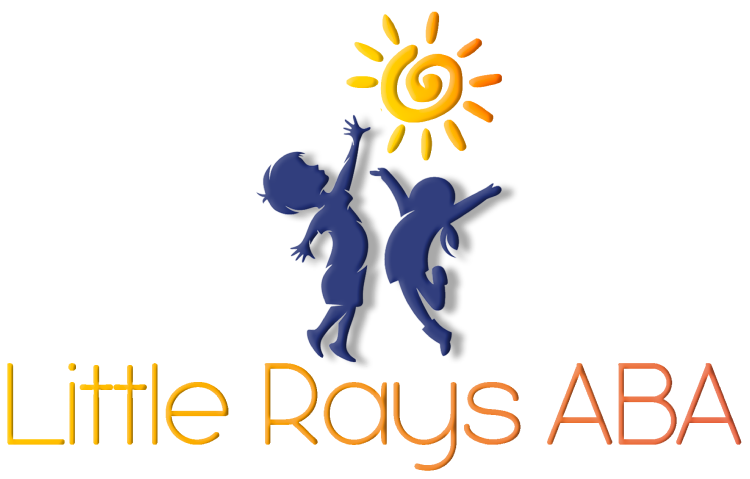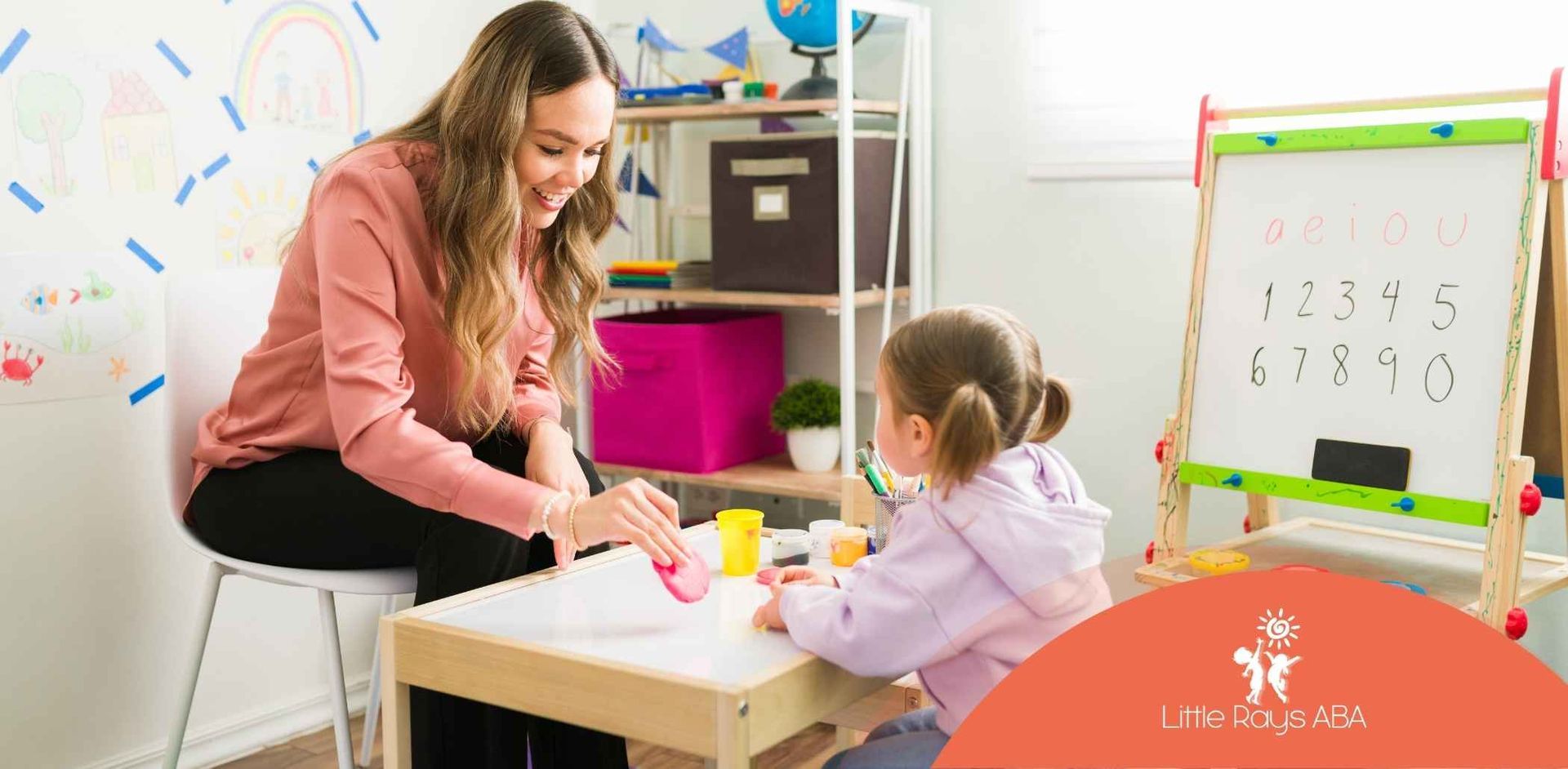
The Impact of School-Based ABA Therapy Programs
ABA therapy, standing for applied behavior analysis therapy, is increasingly prevalent in the school setting. It focuses on improving specific behaviors in children with autism spectrum disorders to enhance their ability to learn new skills and participate fully in the educational setting. This article will explore what school-based ABA Therapy is, how it's implemented, and the numerous benefits it offers to students, educators, and families.
Understanding School-Based ABA Therapy
School-based ABA therapy represents a specialized approach to supporting children with autism spectrum disorders within the familiar environment of their educational environments during the school day. It goes beyond traditional classroom support, employing evidence-based ABA therapy techniques, often facilitated by a certified behavior analyst, to achieve meaningful changes in behavior, learning, and social interactions.
Unlike clinical ABA therapy, which often takes place in a separate facility, school-based ABA therapy incorporates techniques like discrete trial training into the child’s daily school routine, addressing the child’s unique needs. This approach helps generalize learned skills to different environments and situations, empowering students to thrive both academically, socially, and with potential needs for physical therapy.
Definition and Core Principles of ABA
ABA therapy, or applied behavior analysis, represents a scientific approach to understanding and changing behavior. Rooted in the principles of behavior analysis, ABA techniques in therapy focus on identifying the environmental factors that influence behavior and developing interventions to modify those behaviors systematically.
At its core, ABA therapy operates on the understanding that behavior is learned and can be changed through consistent reinforcement. By identifying the antecedents (triggers) and consequences (reinforcers) of specific behaviors, ABA therapists can create individualized interventions that promote desired behaviors and reduce challenging ones.
ABA therapy emphasizes data-driven decision-making. Therapists carefully collect data on a student's behavior to track progress and make adjustments to interventions as needed, ensuring effective and personalized support.
Role and Benefits of ABA in Educational Settings
Students on the autism spectrum often face unique challenges, including specific challenges within the educational setting. Difficulties with social interactions, communication, and adapting to changes in routine can hinder their ability to learn and fully participate in school activities. ABA therapy plays a crucial role in bridging this gap.
By providing individualized support and evidence-based interventions, ABA therapy empowers students with autism to overcome these hurdles and thrive academically and socially. ABA therapists work closely with students to develop essential skills such as communication, social interaction, attention, and self-regulation, creating a positive and supportive learning environment.
Furthermore, ABA therapists collaborate with teachers and school staff, providing training and support to integrate ABA strategies into the classroom setting. This collaborative approach ensures the generalization of skills, consistency, and continuity across different school environments, maximizing the effectiveness of the therapy.
Implementing ABA Programs in Schools
Implementing comprehensive ABA programs within schools necessitates a thoughtful and collaborative process. It begins with a thorough assessment of the needs of students with autism and the existing school environment.
Based on this assessment, a customized program can be developed, encompassing individualized therapy plans, education plans, staff training, and ongoing support for both students and educators. Effective collaboration among ABA therapists, teachers, administrators, and families is key to successful implementation.
Steps to Integrate ABA into the School Curriculum
Integrating ABA strategies into the school curriculum doesn’t require a complete overhaul. Instead, it involves incorporating specific techniques and approaches that align with ABA principles.
Here's a step-by-step approach to incorporating ABA strategies:
- Identify Target Behaviors: Collaborate with the student's ABA therapist and teachers to identify specific behaviors that need support.
- Break Down Tasks: Divide complex tasks, both academic and behavioral, into smaller, more manageable steps.
- Provide Clear Instructions: Use visual aids, timers, and concise language to enhance understanding and reduce anxiety.
Through these steps, schools can create a more supportive and conducive learning experience for students with autism, fostering both academic and personal growth.
Collaboration Strategies for Teachers and ABA Therapists
Collaboration between ABA therapists and school staff is paramount to the success of school-based ABA therapy programs. When therapists and educators work together, they can create a consistent and supportive environment that maximizes student progress, providing valuable insights into effective strategies.
Effective collaboration strategies include:
- Regular Communication: Schedule regular meetings to discuss student progress, share observations, and address any challenges.
- Joint Training: Organize workshops and training sessions for teachers and school staff led by experienced ABA therapists.
- Shared Data Collection: Implement systems for collecting and sharing data on student behavior and progress, allowing for informed decision-making.
By fostering open communication, shared knowledge, and mutual support, schools can harness the full potential of ABA therapy to empower students with autism to reach their full potential.
Benefits of school-based ABA therapy programs for children with autism
School-based ABA therapy programs in public schools provide myriad benefits for children with autism, extending beyond the traditional scope of classroom learning. These programs equip students with essential life skills, empowering them to navigate social situations, manage their emotions, and advocate for their needs effectively, ensuring they receive a free appropriate public education as stipulated by the Individuals with Disabilities Education Act, which meets their unique requirements.
Moreover, the positive impact of school-based ABA therapy reaches beyond individual students, fostering a more inclusive and supportive learning environment for all. By promoting understanding and acceptance of neurodiversity, these programs contribute to a more empathetic and welcoming school community.
Improved social and communication skills
Social skills and communication often pose significant hurdles for individuals on the autism spectrum. School-based ABA therapy directly addresses these difficulties, providing tailored interventions that improve social interactions and communication abilities.
Through role-playing, modeling, and positive reinforcement, ABA therapists help students develop crucial skills such as initiating conversations, understanding social cues, and responding appropriately in social situations. These skills are fundamental for building meaningful peer relationships and engaging fully in school activities.
By enhancing social skills and communication abilities, school-based ABA therapy empowers students with autism to interact more confidently with their peers, teachers, and the broader school community, ultimately contributing to their social success. This increased social participation fosters a sense of belonging and contributes to a more inclusive learning environment for all.
Improved academic performance and learning skills
Enhancing academic performance and skill acquisition while bolstering learning skills stand as core objectives of school-based ABA therapy. By addressing challenging behaviors that may hinder learning, such as inattention or task avoidance, therapists pave the way for academic growth and progress.
ABA therapists work closely with students to implement a personalized approach to individualized learning strategies tailored to their unique needs and learning styles. Using techniques such as task analysis, visual supports, and positive reinforcement, they make learning more accessible and engaging.
Furthermore, ABA therapists provide ongoing support and guidance to help students generalize learned skills across different academic subjects and classroom settings in a variety of capacities, promoting skill generalization. This comprehensive approach fosters a love for learning and empowers students to achieve their academic potential.
Increased independence and self-regulation
A cornerstone of school-based ABA therapy involves fostering independence and improving self-regulation in students with autism, essential skills for navigating the demands of school and beyond.
Through carefully designed interventions and consistent reinforcement of positive behavior, ABA therapists empower students to take ownership of their actions and develop essential self-management techniques. These techniques include strategies for managing emotions, coping with frustration, and seeking help when needed.
By promoting independence and self-regulation, school-based ABA therapy equips students with the skills they need to become more self-sufficient learners and active participants in their educational journey.
Enhanced ability to cope with transitions and changes
Transitions and unexpected changes often present significant challenges for individuals with autism, potentially leading to anxiety, frustration, and behavioral issues. School-based ABA therapy equips students with effective coping skills to navigate these transitions more smoothly.
ABA therapists work closely with students, employing visual schedules, social stories, and gradual exposure techniques to prepare them for upcoming transitions and minimize anxiety. They also focus on teaching students how to communicate their needs and seek support when facing challenging situations.
By providing students with the tools and strategies they need to manage transitions effectively, school-based ABA therapy reduces behavioral challenges, promotes a sense of predictability and control, and contributes to a more positive and supportive learning environment.
Positive impact on family dynamics and relationships
The benefits of school-based ABA therapy extend beyond the classroom, positively influencing family dynamics and relationships. When children with autism receive consistent support and develop essential skills at school, it can lead to more positive interactions and reduced stress within the family unit.
ABA therapists often work closely with parents, providing them with training, resources, and support to implement ABA strategies at home. This collaborative approach ensures consistency between school and home environments, maximizing the effectiveness of the therapy.
By empowering parents with the knowledge and skills to support their child's development, school-based ABA therapy strengthens family bonds and promotes a more harmonious and loving home environment.
Conclusion
In conclusion, school-based ABA therapy programs can make a significant impact on a child's academic success and social development. By integrating therapy into a familiar school environment, children are able to practice skills in real-world settings, building both academic and behavioral progress.
At Little Rays ABA, we are committed to delivering personalized school-based therapy programs that cater to each child's unique needs, helping them thrive in the classroom and beyond. If you're looking for a trusted partner to support your child's development, contact Little Rays ABA today and explore how our school-based programs can create lasting change.
Frequently Asked Questions
What are the measurable benefits of ABA therapy in schools?
Measurable benefits of ABA therapy in schools include improved educational outcomes, such as increased academic performance and reduced classroom disruptions. Through data collection and the experimental analysis of behavior, functional behavior assessments, and consistent behavior management, schools can track progress and demonstrate the effectiveness of ABA programs, as recognized by behavior analysis international.
How does ABA therapy support students with special needs?
ABA therapy effectively supports students with special education programs and special needs by addressing their individual needs through tailored interventions. The focus on positive reinforcement, structured learning, and collaboration with educators promotes inclusive education, allowing these students to thrive alongside their peers.
How are goals set and progress measured in a school-based ABA therapy program?
Goal setting in school-based ABA therapy involves collaboration among the ABA therapist, parents, and educators, creating specific, measurable, achievable, relevant, and time-bound (SMART) behavioral goals aligned with the student's educational plans. Progress is measured through continuous assessment, data collection, and regular review of those goals.
Sources:
- https://www.nimh.nih.gov/health/topics/autism-spectrum-disorders-asd
- https://www.simplypsychology.org/positive-reinforcement.html
- https://leafwingcenter.org/what-aba-therapists-do/
- https://www.autismspeaks.org/applied-behavior-analysis
- https://www.alpacahealth.io/blog/seven-dimensions-applied-behavior-analysis
Related Posts





